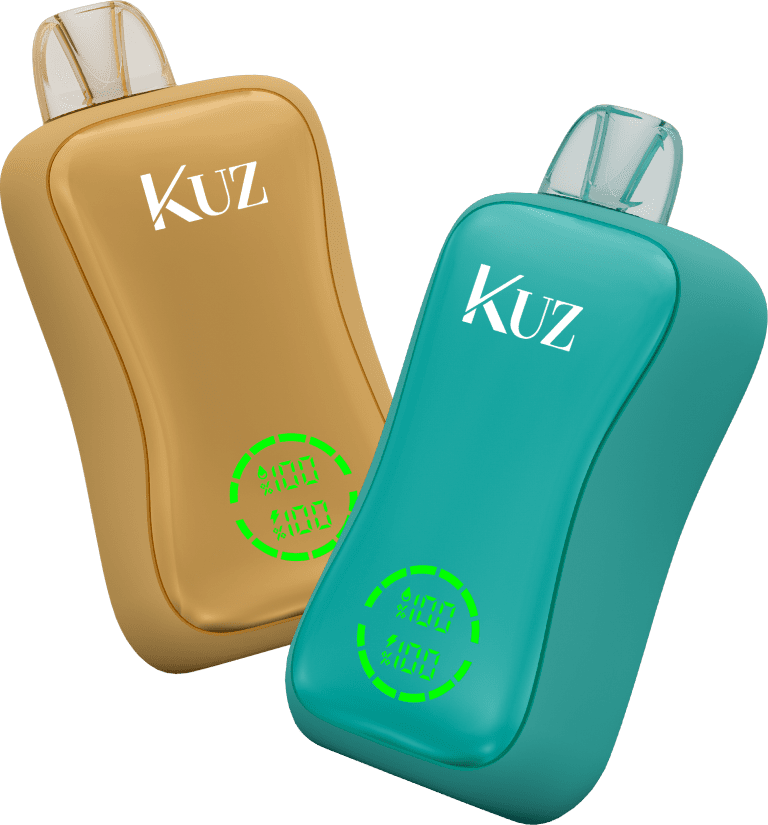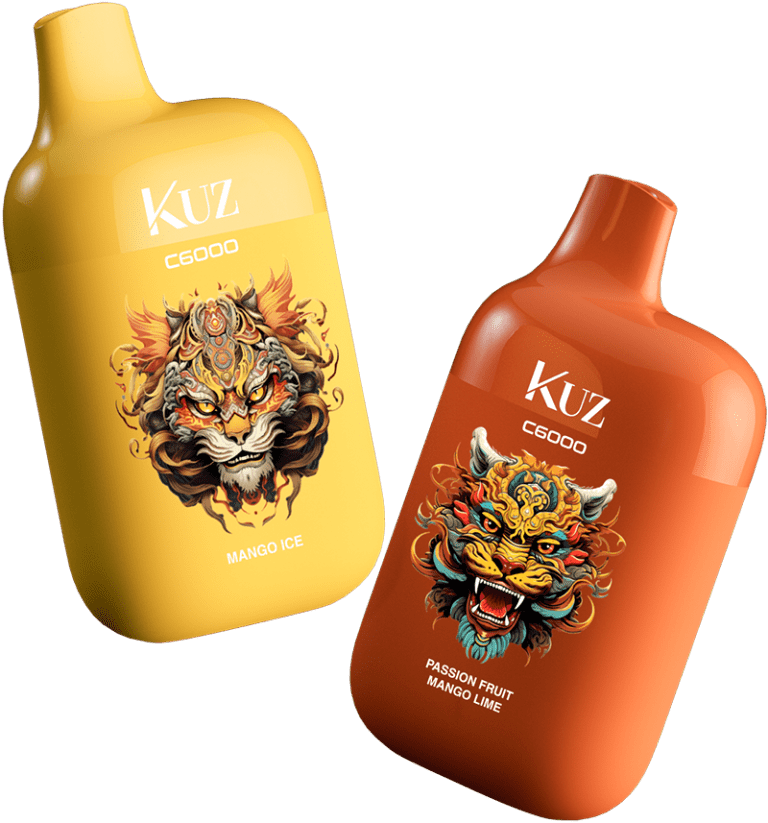California has been at the forefront of strict regulations on tobacco and vaping products, particularly flavored varieties that appeal to younger users. As of 2024, the sale of most flavored vapes is banned across the state, part of an effort to curb youth addiction to nicotine. However, the enforcement and implications of this ban are complex and continue to evolve.
Understanding the Ban
The flavored vape ban in California was solidified with the passage of Proposition 31 in November 2022, which voters overwhelmingly approved. This law prohibits the sale of flavored tobacco products, including vapes, in brick-and-mortar stores. The flavors banned range from traditional menthol to more exotic options like fruit and candy flavors. The primary goal of the law is to reduce the appeal of vaping among young people, a demographic particularly attracted to flavored products.
Scope of the Ban
The law is comprehensive, covering all flavored vape products with few exceptions. Menthol cigarettes, flavored nicotine pouches, and small flavored cigars are all included in the ban. However, certain products like hookah tobacco, premium cigars, and pipe tobacco are exempt. This distinction has caused some controversy, as critics argue that these exemptions undermine the law’s intent.
Moreover, the ban does not extend to online sales, creating a significant loophole. Many consumers have turned to online retailers, where they can still purchase flavored vapes that are unavailable in physical stores. This shift has been substantial, with reports indicating a dramatic increase in online searches and purchases for flavored vape products following the law’s implementation.
Challenges in Enforcement
Despite the ban, enforcement remains a challenge. While the California Department of Public Health and local authorities are responsible for ensuring compliance, the sheer number of retailers and the availability of online alternatives make this difficult. Law enforcement has had to focus on cracking down on unlicensed sales and educating retailers about the specifics of the law.
New legislation has been proposed to tighten the restrictions further, including efforts to regulate the sale of products that create a “cooling sensation” similar to menthol. However, even with these measures, the accessibility of flavored vapes through online channels continues to pose a challenge to regulators.
Impact on Consumers and Retailers
For consumers, particularly those who preferred flavored vapes, the ban has significantly altered purchasing habits. Many have shifted to purchasing online or from states without such strict regulations. Retailers, especially small businesses, have felt the impact of the ban, as flavored vapes represented a significant portion of their sales.
The law has also sparked legal battles. Major tobacco companies have attempted to challenge the ban in court, arguing that it conflicts with federal regulations. However, the U.S. Supreme Court declined to hear the case, leaving the California law intact.
Looking Forward
The future of flavored vape sales in California is uncertain. While the current ban is comprehensive, the continued availability of these products online and in other states suggests that further legal and regulatory battles are likely. For now, vapers in California must navigate a landscape where their favorite flavors are increasingly hard to find in physical stores but remain readily accessible online.
In conclusion, the flavored vape ban in California reflects the state’s strong stance on public health, particularly concerning youth vaping. However, the ongoing challenges in enforcement and the availability of online alternatives mean that the debate over flavored vapes in California is far from over.
Final Thoughts
As California continues to tighten its regulations on flavored vaping products, consumers and retailers alike must stay informed about the latest changes. Whether through further legislation or increased enforcement, it’s clear that the landscape for vaping in California will continue to evolve in the coming years.



